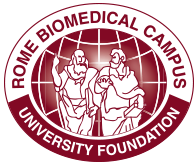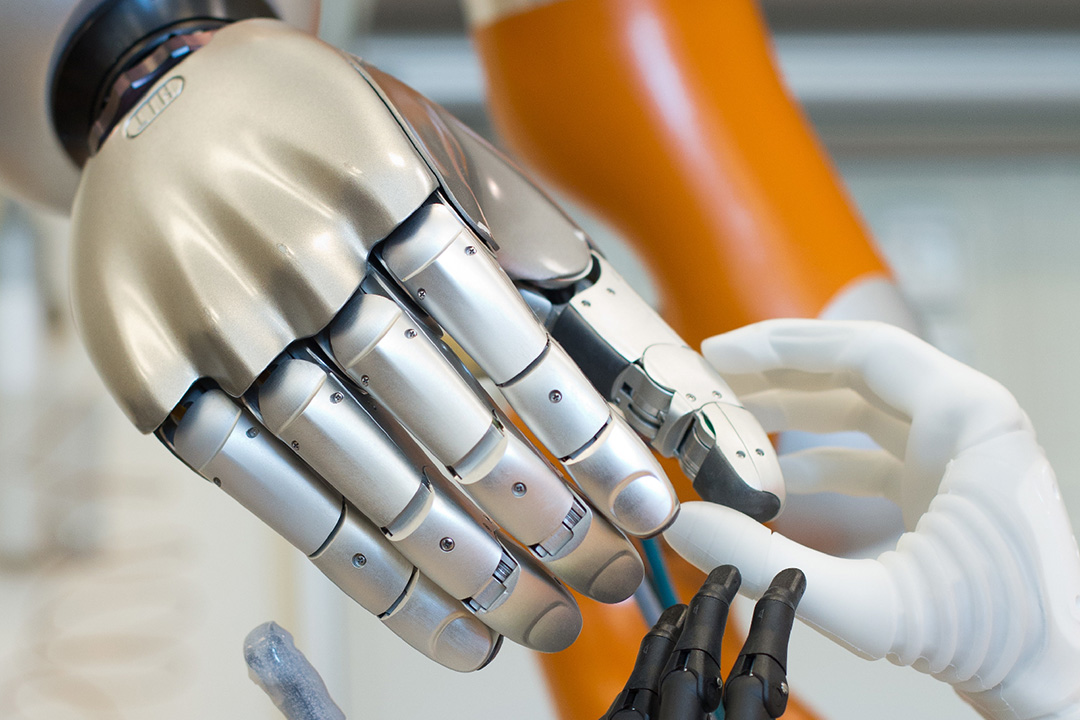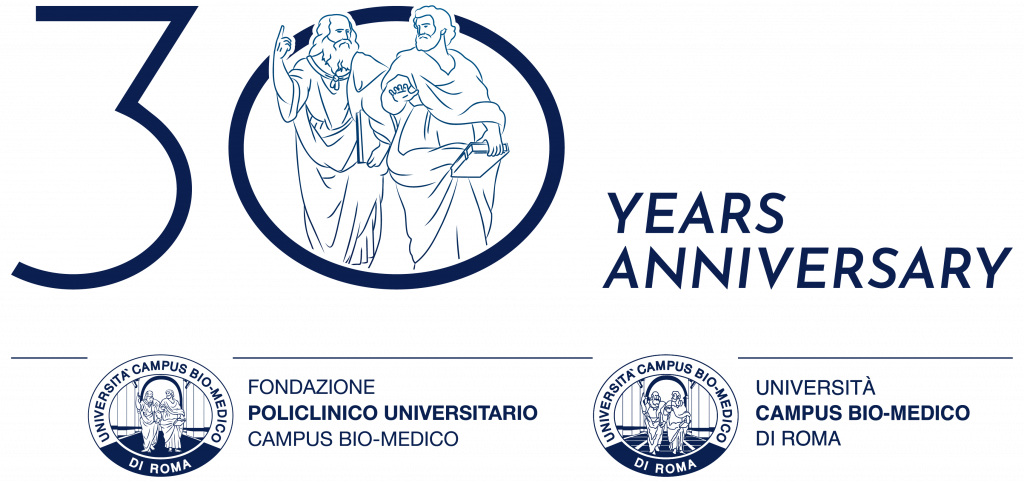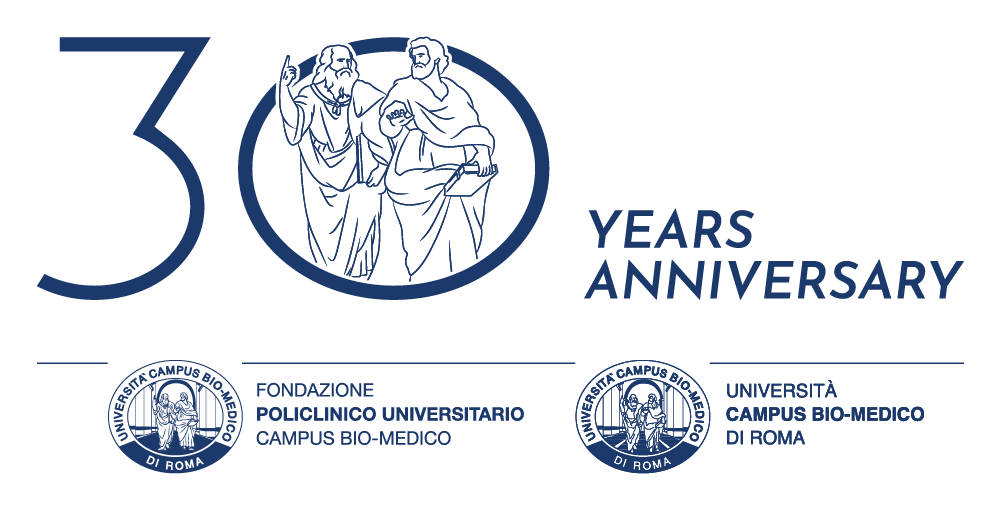The first wearable bionic hand that “feels” objects
The LifeHand Project aims to create a bionic hand capable of communicating directly with the brain and capable of returning to amputees a functionality similar to that of a natural hand, both from the point of view of sensations and the ability to move. and manipulation of objects.
Many progresses have been achieved both in terms of performance and of materials and technologies used compared to the previous experimentation which took place in 2008. Five research groups are involved in this ambitious project.
Among future developments towards a new phase of experimentation there is also the HandBot research program, coordinated by the Campus Bio- Medico University of Rome and just launched.
LifeHand Project
The LifeHand Project aims to create a bionic hand capable of communicating directly with the brain and capable of returning to amputees a functionality similar to that of a natural hand, both from the point of view of sensations and the ability to move. and manipulation of objects.
Many progresses have been achieved both in terms of performance and of materials and technologies used compared to the previous experimentation which took place in 2008. Five research groups are involved in this ambitious project.
Among future developments towards a new phase of experimentation there is also the HandBot research program, coordinated by the Campus Bio- Medico University of Rome and just launched.





